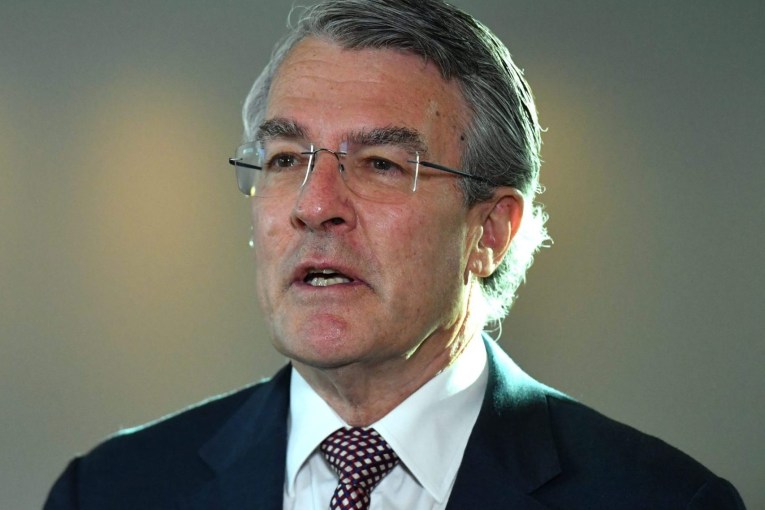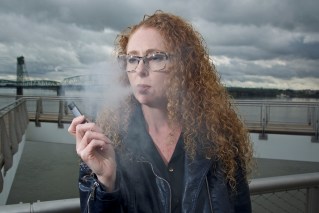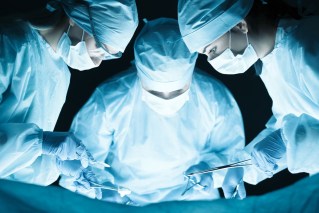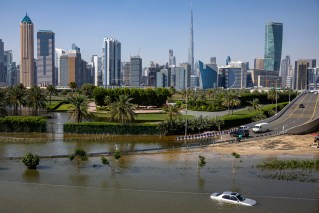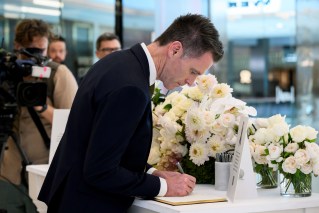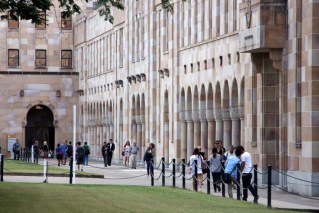The Brisbane ‘lab of steel’ helping researchers detect why plastic is so drastic
A custom-built Brisbane laboratory made almost entirely of stainless steel and partly bankrolled by billionaire philanthropist Andrew “Twiggy” Forrest may provide the key to discovering if humans are being harmed by plastic particles in the atmosphere.

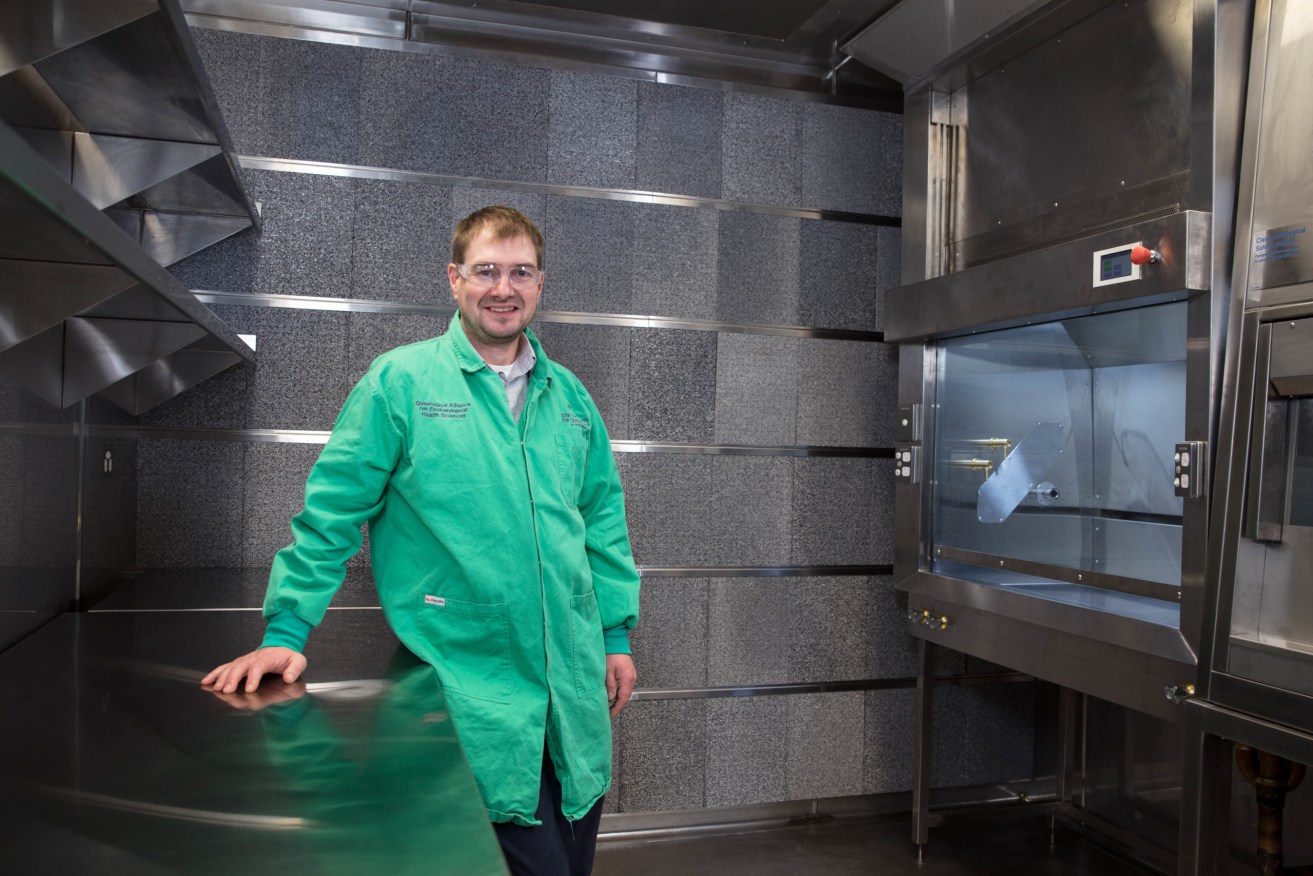
Queensland Alliance for Environmental Health Sciences Professor Kevin Thomas. (Supplied image)
Researchers from the University of Queensland are using the lab to test blood and tissue samples, hoping to find a way to detect and measure nanoplastics in the human body.
UQ’s Queensland Alliance for Environmental Health Sciences is leading the research, which focuses on detecting the behaviour of plastics smaller than 10 micrometres in humans.
At the moment, scientists are not sure if plastic particles that small stay in the body or pass safely through the gut.
Alliance director Professor Kevin Thomas said his team were developing methods that were sensitive and robust enough to ensure plastics within atmosphere did not contaminate their work.
“We know that humans are exposed to plastics daily, but we don’t know if nanoplastics are in our urine, body and brain and if they do harm,” Prof Thomas said.
He said the design of the lab was a major challenge because most construction materials, paints and floor coverings contained plastics which could leach into work areas.
“There was no blueprint for us to build and design such a laboratory,” he said.
“We tested between 40 and 50 common lab materials and none were free of plastics.”
In the end the team settled on a space built out of stainless steel with air filters made from paper. Researches wear brightly coloured cotton scrubs in the lab to minimise fibre shedding and help find fibres that do stray.

A sample of microplastics
The lab is supported by Andrew Forrest’s Minderoo Foundation, which has committed $2 billion to various initiatives ranging from environmental science to the arts.
“Samples from the Sydney Brain Bank are transferred to the lab to test for plastics such as polyethylene, polypropylene, PVC, and additives including phthalates and bisphenols, all found in commonly used products,” Thomas said.
“After this first phase of research is complete, we can then start to measure chemicals and plastics within humans accurately so we can determine whether nanoplastic particles are in humans or not and get more accurate measures of plastic chemicals.”
The researchers expect to release their first findings by the end of 2022 and will then reach out to other institutions around the world working on similar research.
Thomas, who became interested in the environmental impacts of plastics while picking up the material from beaches in Wales, is fully supportive of governments moving to ensure communities reduce wasteful uses for plastics.
“Every little thing we do will make a difference in the long run,” he said.
